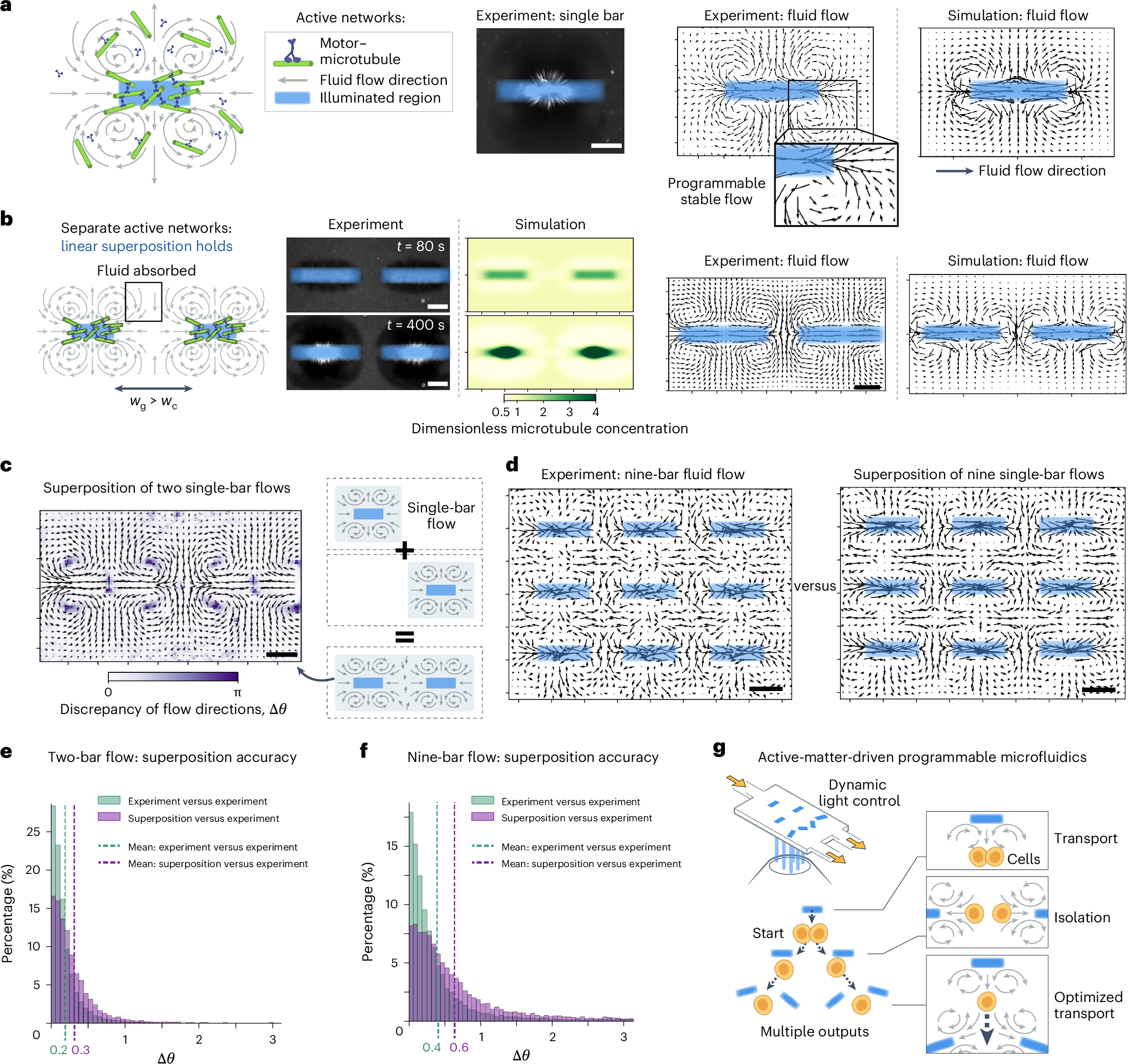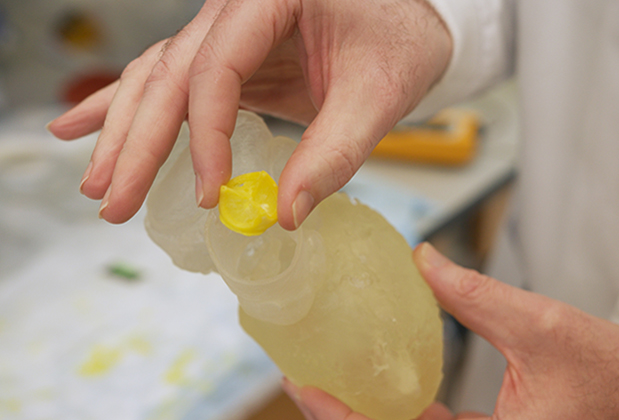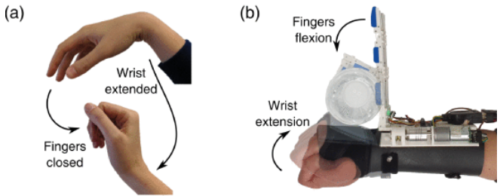2025-02-11 カリフォルニア工科大学 (Caltech)
カリフォルニア工科大学の研究チームは、アクティブマター(能動的物質)を制御するための初の「プログラミング言語」を開発しました。アクティブマターとは、エネルギーを消費する個々の要素が集まり、全体として機械的な運動を生み出す物質のことです。この新しい手法により、微小な流体空間内での精密な操作が可能となり、ナノテクノロジーや細胞間相互作用の研究に大きな応用が期待されています。具体的には、光のパターンを用いてタンパク質フィラメントの自己組織化を制御し、細胞の移動や化学物質の混合、細胞への機械的ストレスの適用などが可能となります。この技術は、細胞の操作や研究手法に革新をもたらすと考えられています。
<関連情報>
- https://www.caltech.edu/about/news/first-programming-language-for-active-material
- https://www.nature.com/articles/s41563-024-02090-w
アクティブ・マター・プログラミング言語による動的フロー制御 Dynamic flow control through active matter programming language
Fan Yang,Shichen Liu,Heun Jin Lee,Rob Phillips & Matt Thomson
Nature Materials Published:29 January 2025
DOI:https://doi.org/10.1038/s41563-024-02090-w

Abstract
Cells use ‘active’ energy-consuming motor and filament protein networks to control micrometre-scale transport and fluid flows. Biological active materials could be used in dynamically programmable devices that achieve spatial and temporal resolution that exceeds current microfluidic technologies. However, reconstituted motor–microtubule systems generate chaotic flows and cannot be directly harnessed for engineering applications. Here we develop a light-controlled programming strategy for biological active matter to construct micrometre-scale fluid flow fields for transport, separation and mixing. We circumvent nonlinear dynamic effects within the active fluids by limiting hydrodynamic interactions between contracting motor–filament networks patterned with light. Using a predictive model, we design and apply flow fields to accomplish canonical microfluidic tasks such as transporting and separating cell clusters, probing the extensional rheology of polymers and giant lipid vesicles and generating mixing flows at low Reynolds numbers. Our findings provide a framework for programming dynamic flows and demonstrate the potential of active matter systems as an engineering technology.


